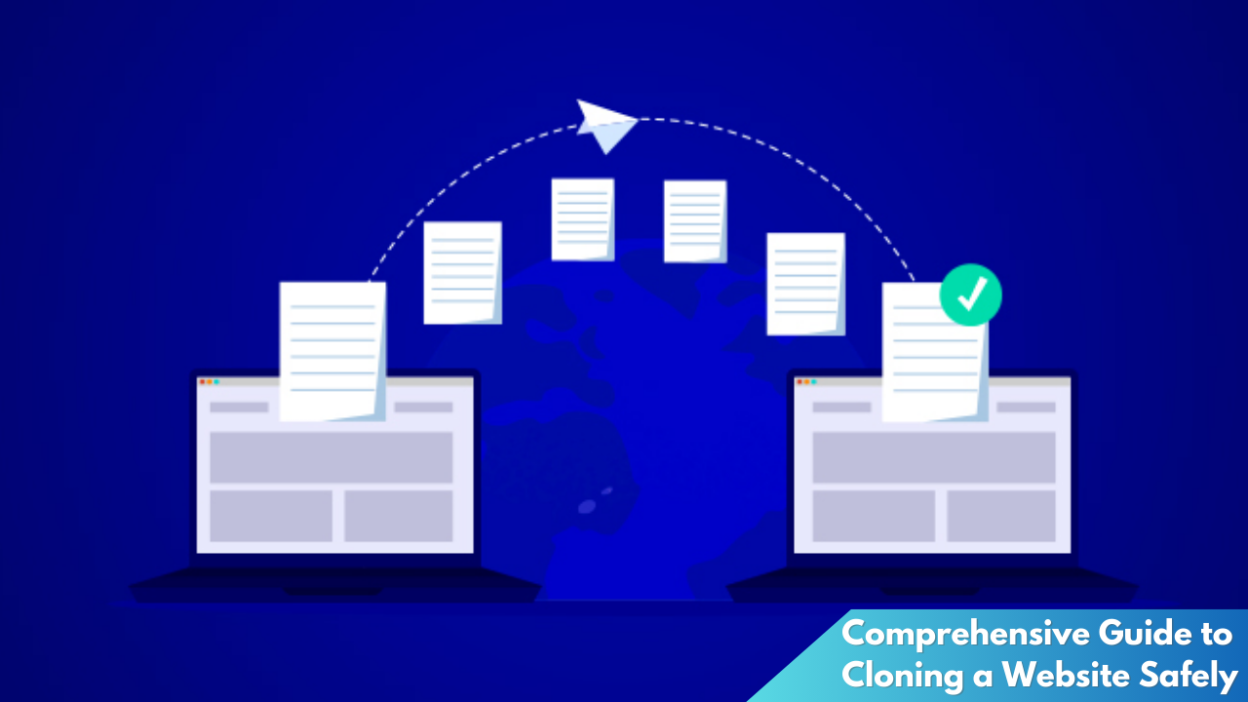In today’s digital age, cloning a website has become a common practice for developers, designers, and entrepreneurs looking to replicate successful online layouts or infrastructures. However, the process can be fraught with ethical, legal, and technical challenges. This comprehensive guide aims to navigate these complexities by providing detailed insights into the essential steps for safely cloning a website while ensuring ethical and legal compliance. Whether you’re a developer aiming to streamline your workflow or an entrepreneur seeking to understand the underpinnings of a website, this guide will equip you with the necessary knowledge to proceed with confidence.
Essential Steps for Safe Website Cloning Practices
To successfully clone a website safely, the first critical step involves thorough planning and analysis. Begin by identifying the purpose of cloning the website. Is it for educational purposes, to create a backup, or to develop a similar site? Next, conduct an in-depth analysis of the target website’s structure, which includes understanding its layout, design elements, and the technologies used. Tools such as browser developer tools or website analysis software can be invaluable in this process, allowing you to map the assets and frameworks without initially copying the site.
Once the analysis is complete, the next step is obtaining the necessary tools and technologies to facilitate the cloning process. This typically involves using website cloning software or manual methods like downloading website data using FTP clients. It’s essential to ensure that the tools are reliable and come from reputable sources to avert the risk of malware or corrupted files. During this phase, focus on replicating the core structure and layout rather than exact content, especially if the original site is copyrighted.
After acquiring the site’s skeleton, the final step is the customization and testing phase. This involves personalizing the cloned site to fit your needs or brand by modifying design elements, adding new content, and improving functionalities. Testing is crucial to ensure that all elements work correctly across different devices and browsers. Utilizing staging environments can help you refine the site before making it live. This methodical approach ensures that the cloning process is safe, ethical, and effective.
Protecting Your Site: Ethical and Legal Guidelines
When cloning a website, it’s paramount to adhere to ethical and legal guidelines to avoid potential infringement issues. Start by ensuring that the website you intend to clone does not contain proprietary content or patented technologies unless you have explicit permission. The use of copyrighted materials without consent is illegal and can result in serious legal consequences. Instead, focus on cloning the structure or layout while substituting original content and design elements.
Respecting intellectual property rights is not only a legal obligation but also an ethical one. The digital ecosystem thrives on innovation, and respecting the work of others fosters a collaborative environment. Always credit original creators where appropriate and seek licenses for any third-party content or software used in your cloning project. Taking these steps not only protects you legally but also enhances your credibility and integrity in the online community.
Lastly, consider the privacy and data protection laws that might apply when cloning a website. Some websites may gather user data or have privacy obligations that you must not replicate without compliance. Understanding and applying these laws is essential, particularly if you’re handling sensitive information. Consulting with a legal expert is advisable to navigate these complexities and ensure your website cloning adheres to all applicable regulations, safeguarding your venture from potential legal pitfalls.
Cloning a website is a complex task that requires meticulous attention to both technical processes and legal considerations. By following the essential steps for safe website cloning practices and adhering to ethical and legal guidelines, you can effectively replicate a website’s structure while preserving your integrity and avoiding potential legal repercussions. As the digital landscape continues to evolve, staying informed and respectful of existing digital property rights will remain crucial. This guide equips you with the knowledge needed to responsibly undertake website cloning, ensuring your endeavors are both successful and ethical.



